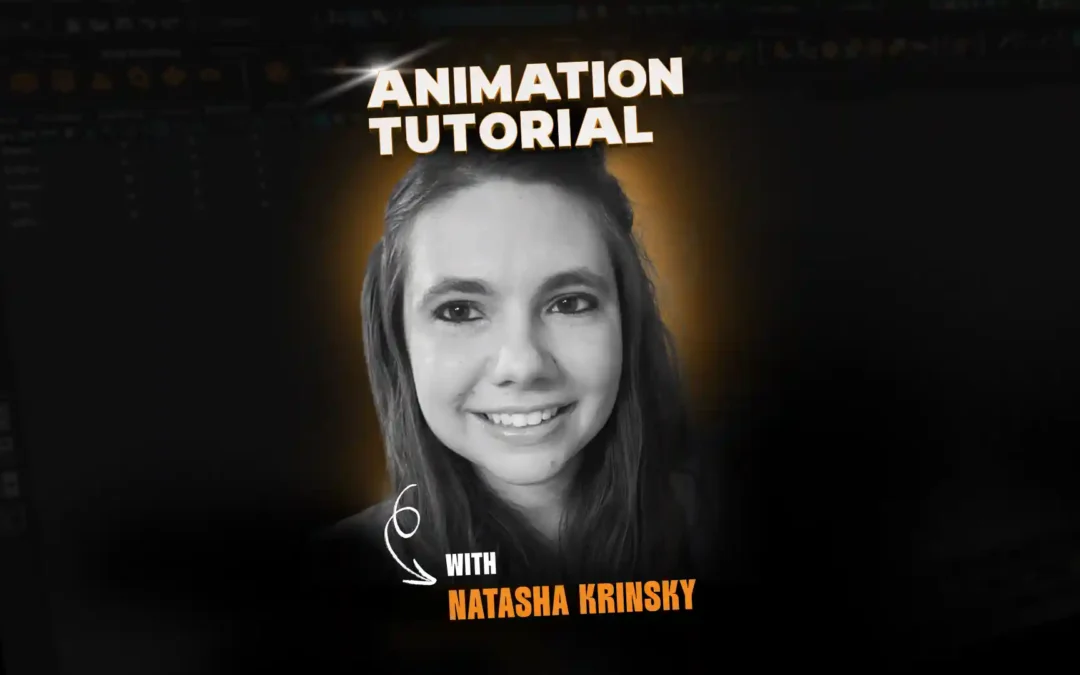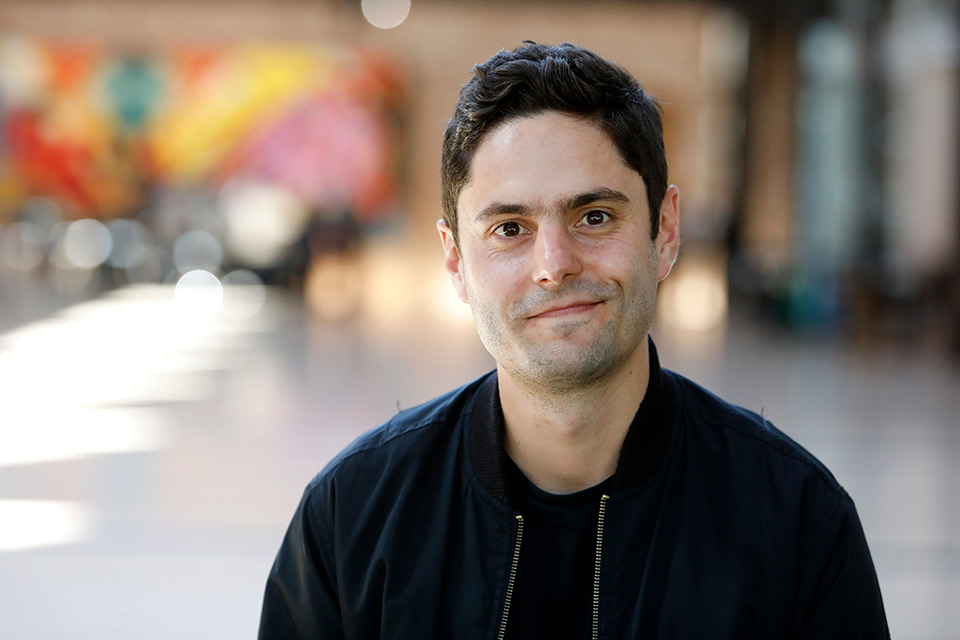
Luis Uribe, Pixar Animator
Interview in English
Animation Mentor: Can you describe your animation journey? How did you arrive at this moment in your career? Luis Uribe: I grew up in Bogotá, Colombia and studied Industrial Design. During college I took a couple of workshops where I learned about design and computer animation. After college I worked for a production company in Bogotá called Oruga. I started as a generalist and then focused on animation and rigging for commercials and short films. While working at this company I saw the Animation Mentor 2006 student showcase and I was very impressed, all the assignments had very simple characters but where very expressive and moved in a believable way. I was very curious about the process and wanted to learn more. I decided to focus on character animation and enrolled in Animation Mentor. After graduating in 2009, I applied to several studios around the world. In 2010 I was very fortunate to be accepted into the Rhythm and Hues Apprentice program in Los Angeles, California. I worked there for three years until the studio went through financial problems and the shows that were currently in production were cancelled. In 2014 I moved to San Francisco to work at Industrial Light and Magic/Lucasfilm. I was there for a year and at the end of my contract I heard that Pixar was looking for animators. I’ve always wanted to work at Pixar and I felt it was time for a new challenge. After several interviews and meeting the animation supervisors and leads I was hired to work on The Good Dinosaur and I’ve been at Pixar ever since. AM: Can you walk us through a typical day at Pixar? LU: On a typical day we start off by having dailies. The animation team gathers in a screening room with the director and supervisors to review the shots we’re working on. The director gives notes and we discuss what’s working on each scene and what can improve. After dailies we go back to our desks and work on our assignments. During the day we show the supervisors and leads the scenes we’re working on so that we can get feedback before showing the director. Throughout the week the studio and animation department hosts different events, demos and speakers so that we’re constantly learning and coming up with new ideas. AM: Is there one thing every successful animator has in common? If so, what is it? LU: Animators are always learning, they’re passionate and self critical about their work, they’re also open to feedback and opinions from their peers. They are generous with their knowledge and are always helping others push the quality of their work.Animators are always learning, they’re passionate and self critical about their work, they’re also open to feedback and opinions from their peers. They are generous with their knowledge and are always helping others push the quality of their work.AM: What makes animation so special? LU: Through animation we can tell stories combining different disciplines, we have the chance to create characters and worlds that can be remembered over time. it’s a complex medium full of challenges, but it’s very rewarding once you see the audience reacting to a scene or movie you worked on. AM: What’s your favorite character you’ve ever animated and why? LU: When I was at Rhythm and Hues I had the chance to animate Richard Parker, the tiger on Life of Pi. It was a movie that required a lot of research and development because of the quality the director was expecting, but it was a great learning experience. At Pixar I’ve had the chance to work on great characters. I was proud to work on Coco, Pixar’s first movie featuring latin characters.
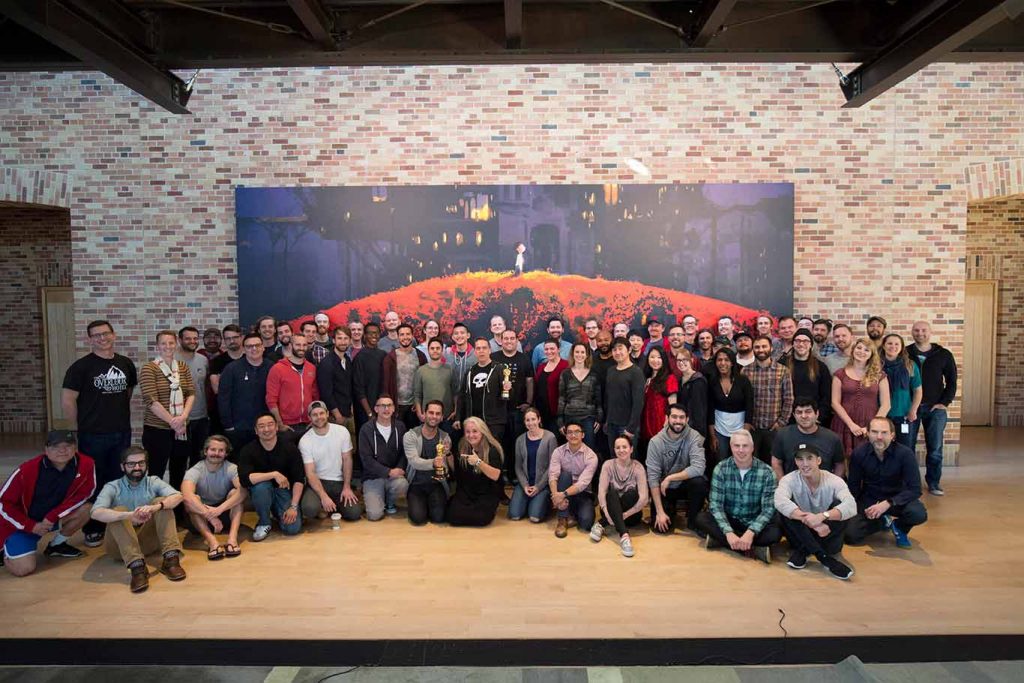
Coco Team at Pixar Animation Studios
Entrevista en Español
Animation Mentor: ¿Puedes contarnos como ha sido tu recorrido en la animación? ¿Cómo llegaste a este momento de tu carrera? Luis Uribe: Soy de Bogotá Colombia y estudié estudié diseño industrial. Durante la carrera tomé unos talleres de diseño digital y ahí aprendí acerca de animación y diseño por computador. Al salir de la universidad trabajé en una productora en Bogotá llamada Oruga, primero como generalista y después me enfoque en animación y rigging para comerciales y cortometrajes animados. En esa época vi el student showcase de AnimationMentor el cual me causo un impacto grande, eran personajes con un diseño simple, sin texturas o iluminación pero aun así la forma como se movían y se expresaban me causo mucha curiosidad y ganas de aprender a hacer eso mismo, por eso decidí enfocarme en animación de personajes y estudiar en AnimationMentor. Al graduarme en el 2009 aplique a varios estudios de animación alrededor del mundo. En el 2010 tuve la fortuna de que me llamaran para hacer parte del programa de aprendices de Rhythm and Hues en Los Ángeles, California. Ahí trabajé durante 3 años hasta que la compañía tuvo problemas financieros y cancelaron las producciones que había en el momento.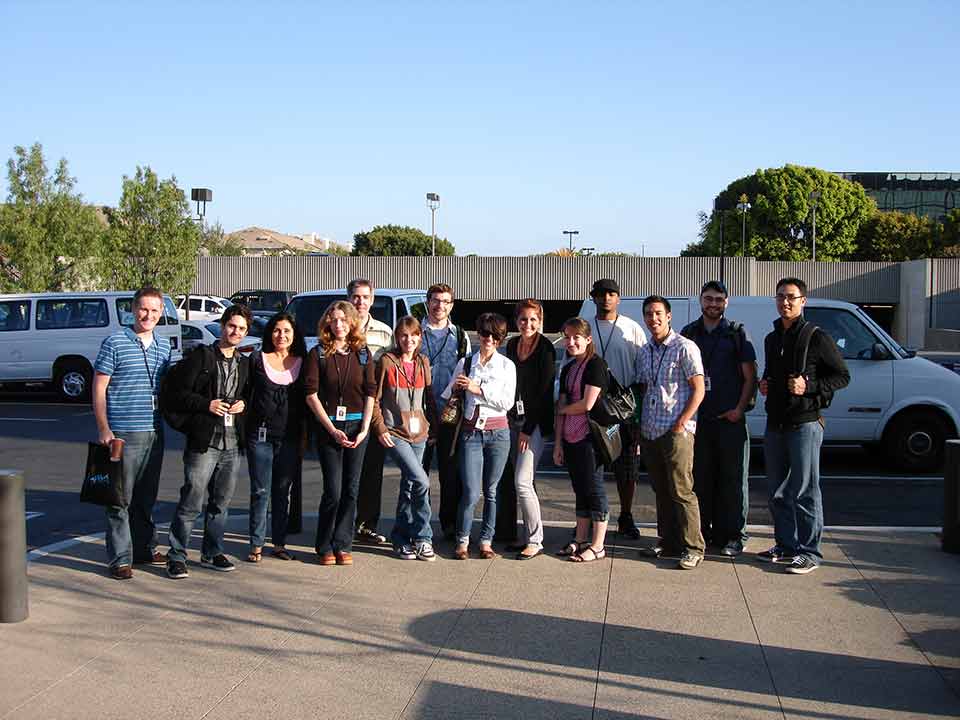
El programa de aprendices de Rhythm and Hues en Los Ángeles
Por lo general los días son muy parecidos, cada día empieza con Dailies que es una revisión de las escenas en las que estamos trabajando, esto lo hacemos en una sala de proyección junto con el director, los supervisores y el equipo de animación. En esta sesión miramos que está funcionando en las escenas y que se puede mejorar.Después de Dailies volvemos a nuestros puestos de trabajo y trabajamos en las escenas que tenemos asignadas. Durante el día trabajamos con los Supervisores y Leads para hacer ajustes a las escenas y presentarlas de nuevo al final del del día o al día siguiente. Durante la semana tenemos diferentes actividades y eventos como demostraciones de nuevas herramientas o técnicas. También vienen invitados a dar charlas o presentaciones, todo esto para que estemos aprendiendo y pensando en nuevas ideas. AM: ¿Hay algo que todos los animadores exitosos tengan en común? Si es así, ¿qué es? LU: Siempre están en constante aprendizaje y son apasionados por su trabajo, también son autocríticos y están abiertos a las opiniones de los demás . Son generosos con su conocimiento y ayudan a que el nivel del equipo y de las producciones esté cada vez más alto. AM: ¿Qué hace que la animación sea tan especial? LU: A través de la animación podemos contar historias combinando diferentes disciplinas, tenemos la posibilidad de crear personajes y universos que pueden ser recordados a través del tiempo . Es un medio con una complejidad muy alta en donde siempre hay retos, pero al ver el resultado y la reacción del público hace que todo el trabajo y el tiempo invertido valga la pena. AM: ¿Cuál es el personaje que mas te ha gustado animar y por que? LU: Cuando trabajaba en Rhythm and Hues tuve la oportunidad de animar a Richard Parker el tigre de Life of Pi. Fue una película que requería una calidad muy alta lo cual fue un reto grande, pero valió la pena después de ver el resultado.
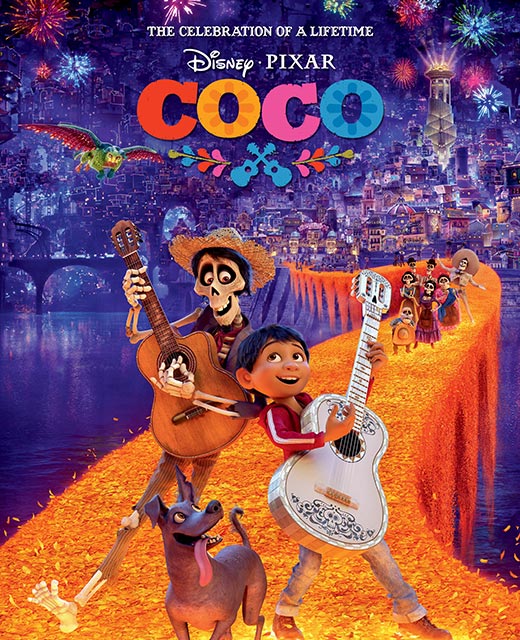
La película Coco, Pixar
